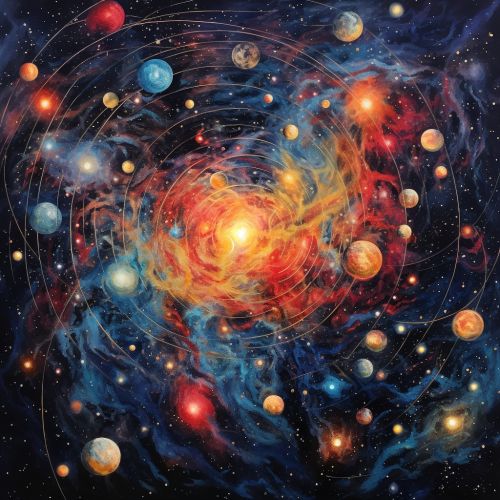Quantum Chromodynamics
Introduction
Quantum Chromodynamics (QCD) is a theory in theoretical physics that describes the interactions between quarks and gluons, which are the fundamental particles that make up hadrons such as protons and neutrons. QCD is a type of quantum field theory and is a component of the Standard Model of particle physics. It is characterized by the property of color charge, which is analogous to electric charge in electromagnetism but is carried by quarks and gluons.
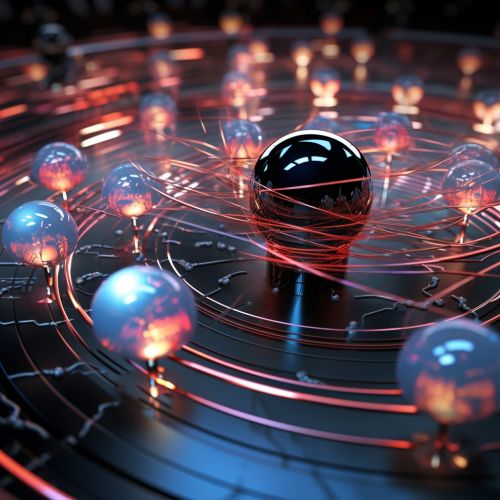
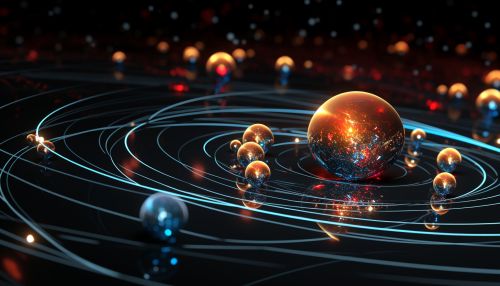
Fundamental Concepts
QCD is based on several fundamental concepts, including quarks, gluons, color charge, and confinement.
Quarks
Quarks are elementary particles that come in six types, or "flavors": up, down, charm, strange, top, and bottom. Each quark carries a color charge, which can be red, green, or blue. The different flavors of quarks have different masses and electric charges.
Gluons
Gluons are the force carrier particles for the strong force, which is the force that holds quarks together within hadrons. Gluons themselves carry color charge and can interact with each other, unlike the force carriers in other fundamental forces.


Color Charge
Color charge is a property of quarks and gluons that is analogous to electric charge in electromagnetism. However, instead of two types of charge (positive and negative), there are three types of color charge (red, green, and blue). The strong force acts between particles that carry color charge.
Confinement
Confinement is the phenomenon that quarks and gluons are always found in combinations that form color-neutral particles. This means that individual quarks or gluons cannot be isolated and observed directly, a property that is unique to the strong force.
Mathematical Formulation
The mathematical formulation of QCD is based on the principles of quantum mechanics and special relativity. It is a non-Abelian gauge theory with SU(3) as the gauge group. The Lagrangian of QCD describes the dynamics of quarks and gluons.
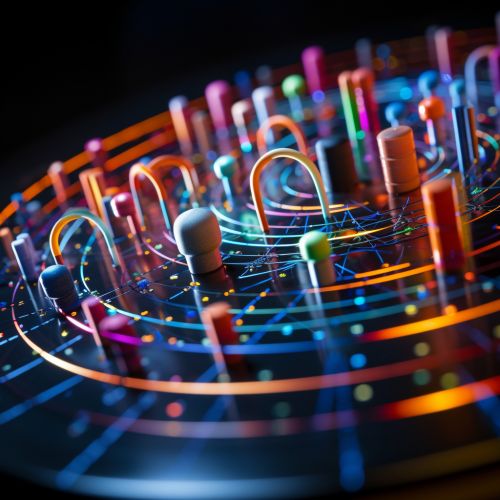
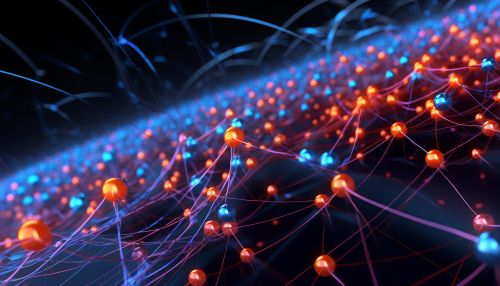
Experimental Evidence
There is a wealth of experimental evidence supporting QCD, including deep inelastic scattering experiments, the discovery of jets in high-energy collisions, and the observation of asymptotic freedom.
Deep Inelastic Scattering
Deep inelastic scattering experiments involve firing high-energy electrons at protons or neutrons. The results of these experiments provide evidence for the existence of quarks and the distribution of quarks within hadrons.
Jets
In high-energy collisions, such as those produced in particle accelerators, quarks and gluons can be ejected and form "jets" of particles. The observation of these jets is a key piece of evidence for QCD.
Asymptotic Freedom
Asymptotic freedom is the property that the strong force becomes weaker at shorter distances. This property has been observed in experiments and is a prediction of QCD.
Applications and Implications
QCD has numerous applications in particle physics and cosmology. It is crucial for understanding the behavior of quarks and gluons, the properties of the strong force, and the structure and evolution of the universe.
